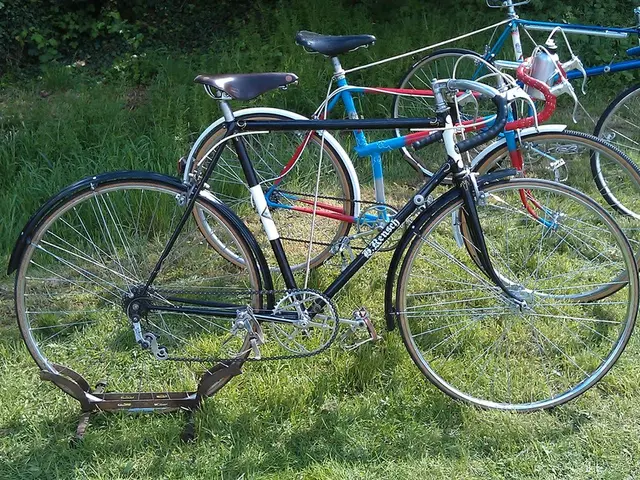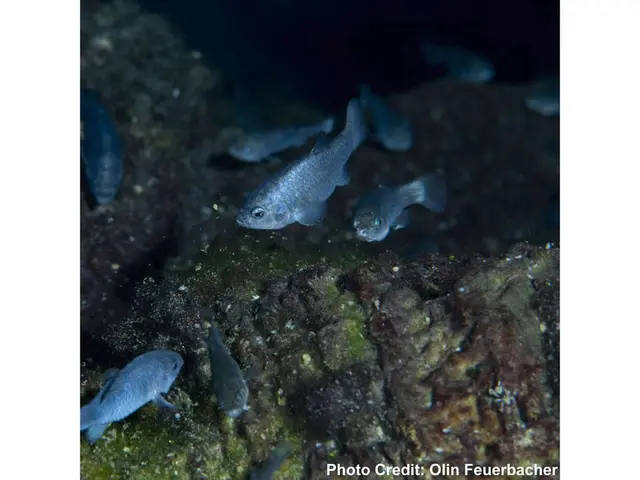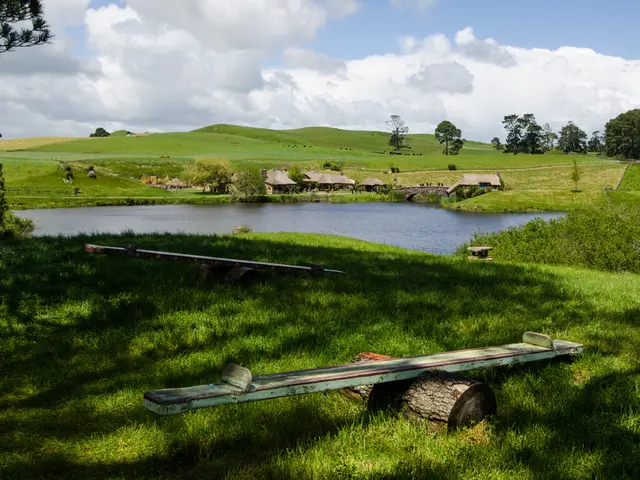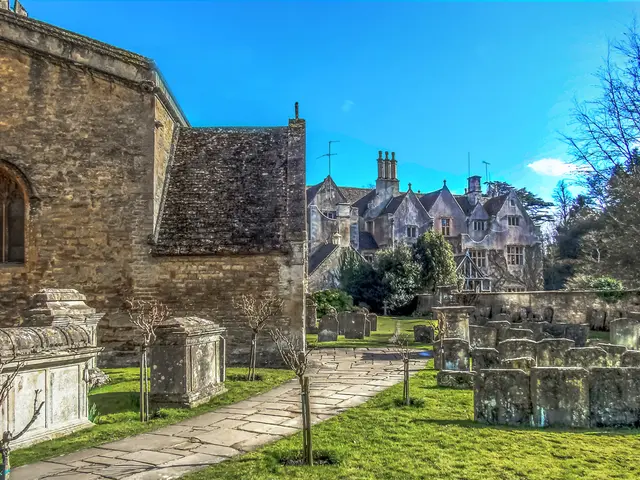District Heat System Exploration
In the heart of Heidekreis, the city of Schneverdingen is leading the charge towards a greener future. The city administration and politics have already focused on municipal heat planning, a legally required step for central locations like Schneverdingen from 2028. This initiative is part of Germany's ambitious goal to become climate-neutral by 2045.
Volker Broekmans, a leading employee of DSK, suggests that a district heating network is economically viable and necessary. The city is moving towards such a network, powered by geothermal or solar energy, as recommended by the integrated quarter concept. The city intends to draw conclusions about the entire city area based on the data from the integrated quarter concept.
The city's climate manager, Lara-Esther Backeberg, shares optimistic news about the city center. Contrary to expectations, the need for renovation in the 54-hectare area is not as high as anticipated. Only one building has a high renovation requirement, with most houses showing a low to medium requirement.
However, the installation of a heat pump, a key component of the district heating network, requires property renovation to keep consumption low. Power is required to operate a heat pump, and if not generated primarily through a photovoltaic system, it may have a significant impact on the wallet.
The Heidekreis is working towards this goal with the intermediate step set for 2030. By this year, existing heat networks in Germany are expected to be operated to 30% from renewable energies, unavoidable waste heat, or a combination of both.
The energy agency in the Heidekreis is organizing the exchange with responsible parties in the municipalities to facilitate this transition. The city of Schneverdingen will receive a 90% subsidy for the municipal heat planning, as it submitted its application in time by the end of the year.
The city's focus on sustainable energy solutions for the future includes the use of photovoltaic systems, district heating from renewable energies, and energy-efficient building envelopes to avoid reliance on natural gas and oil.
Lower Saxony, the region where Schneverdingen is located, also aims to achieve an emissions-free status by 2040. This shared vision between the city and the state is driving Schneverdingen's commitment to a greener future.
Individuals can also contribute to this transition by opting for heat pumps, although buildings constructed before 2000 may not be suitable for this due to their structure. Despite this, the future of Schneverdingen and the Heidekreis is undeniably moving towards a sustainable and renewable energy landscape.
Read also:
- Two farmers in Zambia take legal action against two firms with Chinese connections, alleging an ecological disaster caused by their operations.
- Deepening EU-India relations despite apprehensions regarding Moscow connections
- Ongoing Transition Towards Cleanliness
- "Revival of 'Zombie' Power Plant Proposal in Massachusetts"







